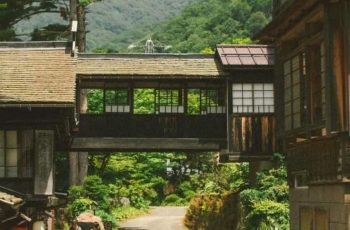It sounds like a fantasy headline: “Get a Free House in Japan.” Pictures flash through your mind of serene rock gardens, sliding shoji screens, and a tranquil life in the Japanese countryside. And in a way, it’s true. Across Japan, local governments and communities are maintaining “akiya banks”—databases of empty or abandoned homes being offered for free, or for astonishingly low prices.
But this incredible opportunity isn’t a sign of economic booming or a benevolent government giveaway. It’s a symptom of a profound and deeply troubling crisis. The “free” house in Japan is the beautiful, haunting face of a national emergency. This is the dark truth behind the offer of a lifetime.
The Ghost in the House: What is an “Akiya”?
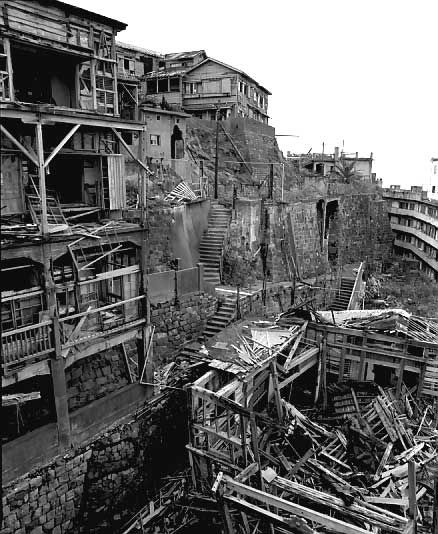
The Japanese word for these empty homes is akiya (空き家). As of the last major government survey in 2018, there were over 8.49 million of them across the country, making up nearly 14% of Japan’s total housing stock. That number is projected to soar past 20 million in the coming decade.
These aren’t just empty apartments in Tokyo. Many are traditional family homes in rural towns and villages, left to decay after their owners passed away or moved to the city. The “akiya bank” programs are a desperate attempt by struggling municipalities to lure new blood into their dying communities before they vanish completely.
To understand why these houses are empty, you have to look past the charming wooden exteriors and into the heart of Japan’s demographic time bomb.
The Dark Truth #1: The Demographic Collapse
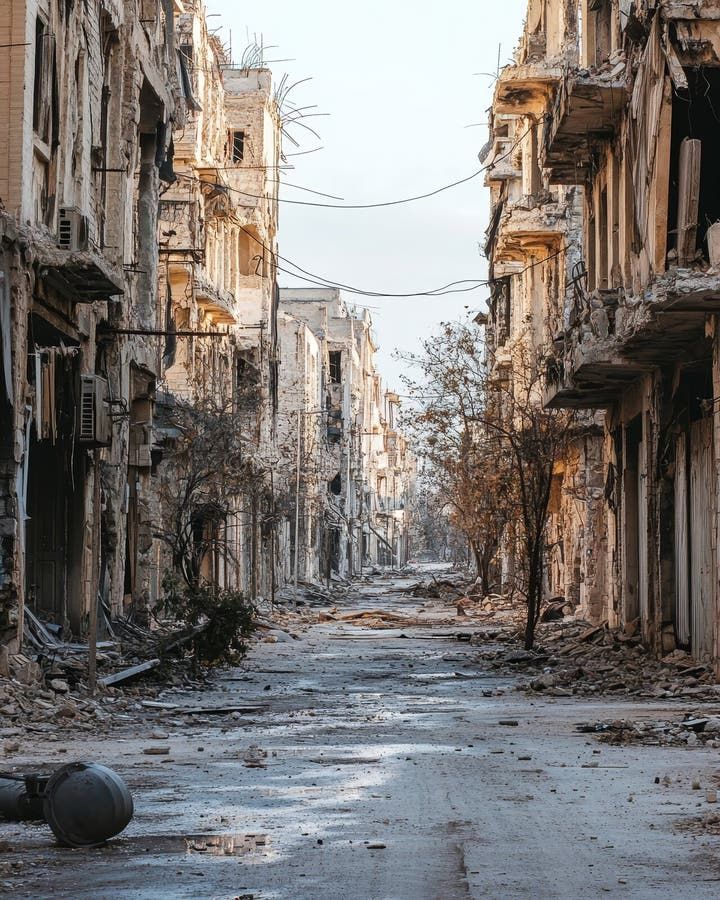
The primary driver of the akiya crisis is Japan’s staggering demographic decline. The nation is shrinking and aging at a rate unseen in the modern world.
-
An Aging Population: Japan has the world’s oldest population. Over 29% of its citizens are 65 or older. As this generation passes away, they leave behind homes with no one to inherit them.
-
A Plunging Birthrate: For decades, Japan’s birthrate has been far below the replacement level. Young people are getting married later (or not at all) and having fewer children. There simply aren’t enough young people to fill the homes—or the jobs—left behind by their elders.
When an elderly owner in a rural village passes away, their children are often well-established in a city like Tokyo or Osaka. They have their own apartments, careers, and lives. The family home, hundreds of miles away, is not an asset—it’s a burden.
The Dark Truth #2: The Great Urban Migration & The Hollowed-Out Countryside
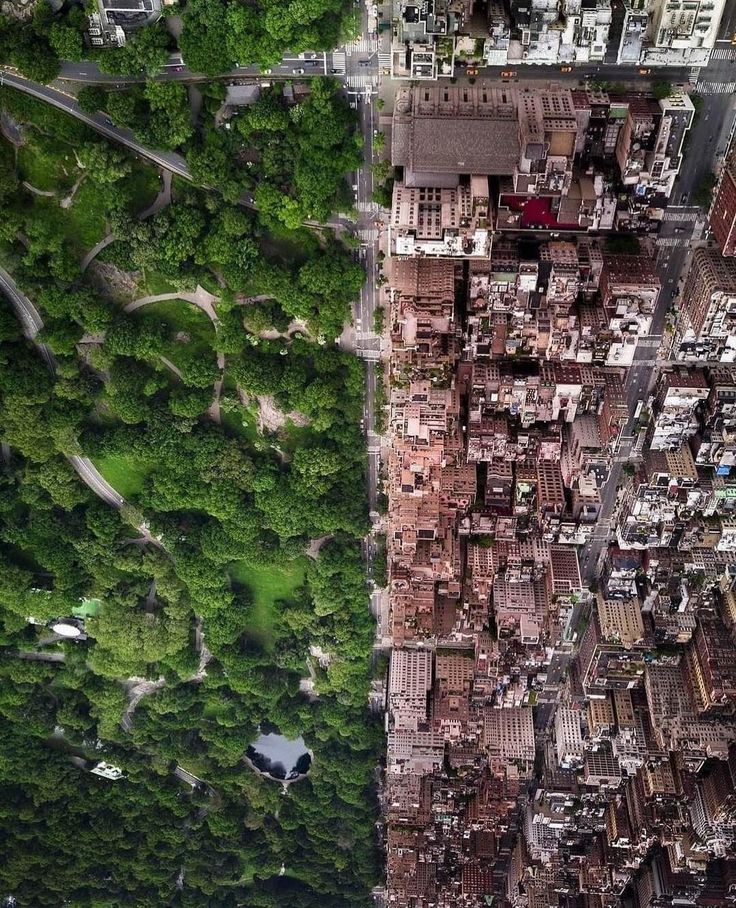
For over a generation, Japan’s youth have been flocking to major metropolitan areas for education and, more importantly, for work. This has created a stark divide between the booming, hyper-modern cities and the inaka (countryside), which has been hollowed out.
A young person in Tokyo has little incentive to move to a village with:
-
No high-paying jobs.
-
Few schools or amenities.
-
A declining, elderly population.
-
Limited public transportation.
The traditional family home becomes a symbol of a life they cannot and do not want to live. It’s easier and cheaper to simply abandon it than to maintain it.
The Dark Truth #3: The Burden of Inheritance and Stigma
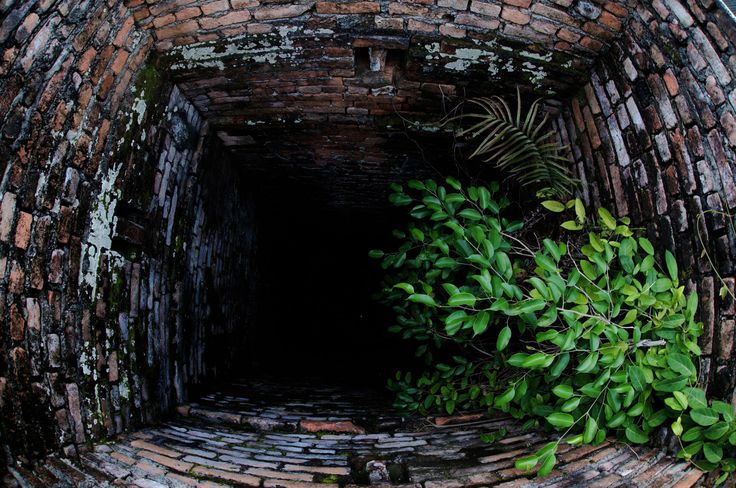
Giving away a house isn’t as simple as handing over the keys. The process is tangled in practical and cultural thorns that reveal even darker truths.
-
The Financial Trap: While the house may be “free,” the new owner is on the hook for significant property taxes, major renovation costs (many akiya are in disrepair), and community fees. The cost of making an old, dilapidated house livable can run into tens of thousands of dollars. Furthermore, inheritance tax laws in Japan can be complex and expensive, making it more financially sensible for heirs to disavow the property altogether.
-
The Shadow of Kodokushi (Lonely Deaths): A grimly specific reason for abandonment is the stigma attached to some properties. Japan is facing an epidemic of kodokushi, or “lonely deaths,” where elderly people die alone and remain undiscovered for days, weeks, or even months. Properties where such an event (or a suicide or crime) occurred are known as jiko bukken (stigmatized properties). Culturally, many Japanese people are deeply reluctant to live in a place with such a tragic history, rendering the house virtually worthless, no matter the price.
A Desperate Gamble for Survival
The akiya bank programs are not an act of charity. They are a last-ditch effort by local governments to inject life into communities on the brink of collapse. Their goals are to:
-
Attract New Residents: Lure young families, artists, teleworkers, and even foreigners to repopulate their towns.
-
Boost the Local Economy: A new family means children in schools, money spent at local shops, and a tax base that isn’t shrinking.
-
Preserve the Town’s Existence: Without new people, these towns will literally disappear from the map within a generation.
So, Should You Take the “Free” House?
The offer of an akiya is a genuine opportunity, but it’s one that requires a specific kind of pioneer. It’s not for the casual tourist or someone looking for a cheap vacation home. It is for someone:
-
Willing to invest significant time and money in renovations.
-
Prepared to integrate into a small, tight-knit, and often elderly community.
-
Able to work remotely or create their own business.
-
Seeking a profound lifestyle change and a deep connection to traditional Japanese culture.
The story of Japan’s free houses is not a simple real estate bargain. It’s a story of demographic pain, of forgotten towns, and of a nation grappling with its own future. The dark truth is that each empty house is a quiet monument to a family line that has ended or a community that is fading away.

